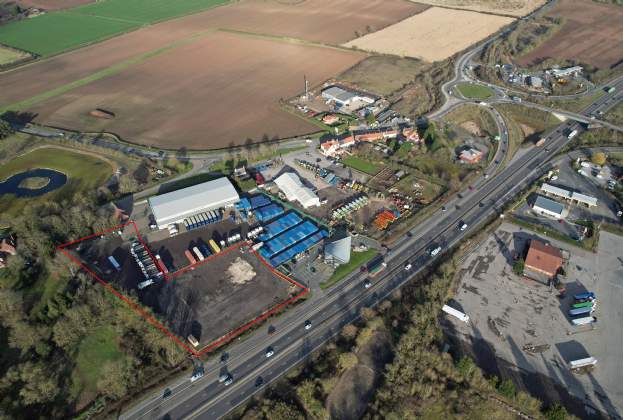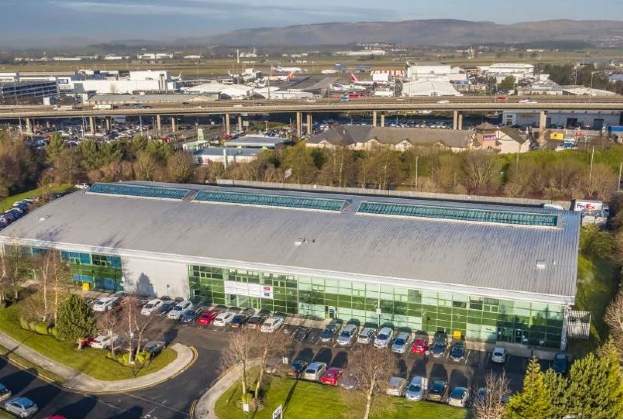Decarbonising the logistics real estate sector is an industry priority and ESG considerations are increasingly defining developer, landlord and occupier decisions and strategy. Generating affordable and clean energy through solar is an increasingly popular option as we strive to meet net zero carbon targets in the UK and globally.
Key benefits of solar include increased energy security and reduced reliance on fossil fuels, resulting in lower energy costs while also improving sustainable credentials and marketability of assets. Analysis from National Grid, the Climate Change Committee, and National Infrastructure Commission predict the amount of renewable power produced from harvesting solar energy will double across the UK by 2030.
The rooftops of our logistics warehousing stock offer an opportunity for solar photovoltaic (PV) arrays which developers are increasingly utilising, demonstrating their commitment to environmental concerns and compliance with increasingly stringent building regulations.
This opportunity is highlighted in a new report by the UK Warehousing Association which states that UK warehouse stock has the available roof space for up to 15GW of new solar, which if installed would double the UK’s solar PV capacity, the equivalent of saving three billion and generating up to 13.8 TWh of renewable electricity each year.
Typically industrial warehouse roofs are constructed using traditional standing seam built up systems which are suitably flat to incorporate large PV arrays covering the vast majority of the roof area. We are increasingly seeing market leading 'big box' developers updating their standard base build specifications to ensure the building structure is capable of carrying 100 per cent PV coverage across the roof.
Rooftop solar is one of the most cost-effective CO2 reduction measures for warehouses to implement and the capital uplift required to enhance the structural frame is marginal when compared against the life cycle benefits on offer. Rising energy costs have resulted in payback on initial capital outlay now being as low as four to sixyears, with occupiers operational energy costs cut by 40 to 80 per cent in the process.
The challenge faced with speculative builds is that the future occupier and their energy demands are unknown. In this instance it is often the case that the minimal amount of PV required to satisfy BREEAM and EPC targets is installed during base build, the rationale being that more can be added once the tenant is in occupation.
Where the occupier is known, a photovoltaic feasibility study is required to produce a bespoke energy profile based on their specific operational energy needs. For example, if the occupier has a high energy demand during the day (when solar output is high) they can use solar power as their primary energy source and reduce peak demand from a National Grid that is already under extreme pressure. Battery storage can be employed where the occupier’s demand for energy extends beyond daylight hours, or in theory excess power could be exported back to the grid generating income and offsetting energy bills.
Solar is a specialist market and a suitably qualified expert is a key requirement to ensure success on a project by project basis. Partnering with developers, landlords and occupiers at the appropriate time is essential.
The financial and sustainable case for solar PV on warehouse rooftops is a great opportunity for the logistics sector in light of the energy crisis and those looking to improve their ESG credentials. The answer is simple: invest now and save later.
Further information
Contact Peter Baird or Silvia Manzoni



.jpg)
.jpg)

.jpg)

.jpg)

.jpg)